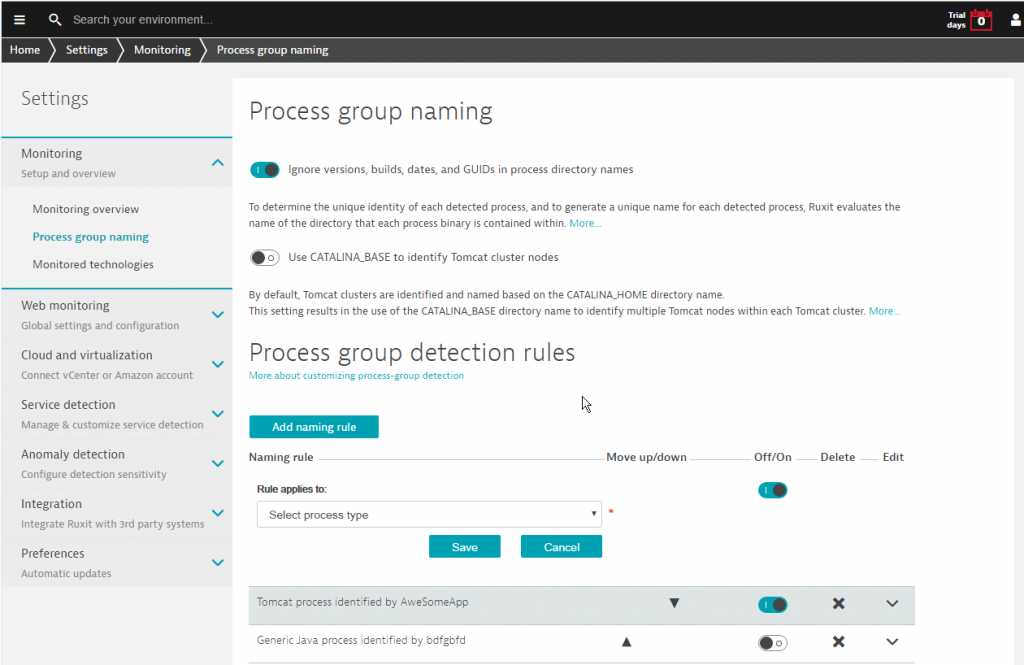

The fields are available only when you select Disable from the Use Template list.Ĭontact-Enter contact information, such as the name, email address, and telephone number.
GLASSFISH MONITORING PASSWORD
Usern ame /Password-Enter the user name and password used for remote JMX access. This field is available only when you select Disable from the Use Template list. A shorter polling interval provides more accurate realtime data consumes more system resources. The default polling interval is 5 minutes. Polling Interval (min)-Select a polling interval for the application monitor. This field is displayed only when at least one probe is configured for APM and is available only when you select Disable from the Use Template list. Traffic Collection Port-Enter the service port number of the GlassFish server application. This field is displayed only when you select Disable from the Use Template list. For more information about configuring application templates, see " Configuration management." This field is displayed only when you select Enable from the Use Template list.ĭescription-Enter a description for the application monitor.Īpplication Monitor Port-Enter the service port number of the GlassFish server application. The Template field is automatically populated with the name of the selected template. Template-Click the Configure icon next to the Template field to select an existing template. Use Template-Select Enable or Disable from the list. As a best practice, name the application monitor as application type_host IP address. Name-Enter a unique application monitor name. For information about selecting a host, see " Quick start." If the host is already added to the IMC platform, you can also click Select, and then select the host in the Select Devices dialog box. APM automatically checks the specified IP address and associates the application monitor with the host managed in the IMC platform. IP Address-Enter the IP address of the host on which the GlassFish server application to be monitored is installed. The page for adding a GlassFish server application monitor opens. The page displays all application types that can be monitored by APM.įrom the navigation tree, select Application Manager > Application Monitor, and then click Add on the application monitor list page.Ĭlick GlassFish S erver of the Application Server Monitor class. Open the Add Application page by using one of the following methods:įrom the navigation tree, select Application Manager > Add Application. To add a GlassFish server application monitor: After a GlassFish server application monitor is added, APM sends the IP address and service port of the monitored GlassFish server application to the probes for traffic collection. To view traffic statistics in the monitor report of the GlassFish server application, make sure at least one probe is configured in APM. For more information about adding hosts to the IMC platform, see HP E Intelligent Management Center v7.3 Enterprise and Standard Platform Administrator Guide. If the JMX interface of GlassFish applications requires authentication, obtain the authorized JMX user name and password.Īdd GlassFish server hosts to the IMC platform so that APM can obtain and display network connections of the hosts and their access devices in the application topology. For more information about installing agents, see " APM agent management."ĪPM obtains monitor index data of GlassFish server applications through the JMX interface.
GLASSFISH MONITORING INSTALL
To locally monitor GlassFish server applications, install agents on the hosts where GlassFish server applications are deployed. When you add a GlassFish server application monitor, follow these guidelines:

Adding a GlassFish server application monitorĪPM can locally or remotely monitor GlassFish servers through JMX.


 0 kommentar(er)
0 kommentar(er)
